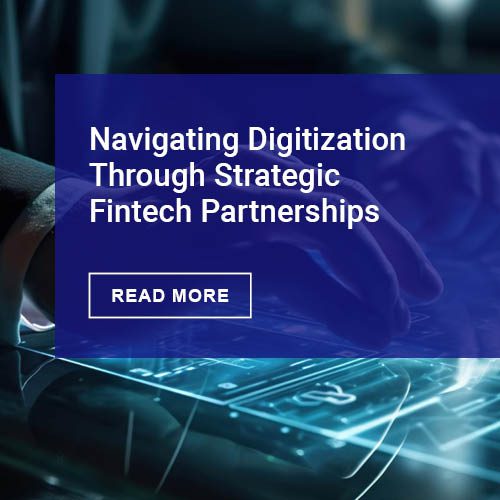During times of economic volatility, remittances can be an important source of much-needed funds, particularly in emerging markets. The remittance economy refers to cross-border transactions from a migrant worker to their home country. In many developing nations, remittances have been key to driving financial development and growth.
Research shows that following a drop in 2020, global remittances are expected to increase by $31 billion in 2022 as economies recover from the coronavirus pandemic. As a result of the Ukraine-Russia conflict, for example, the World Bank estimates that remittances to Ukraine will increase by 8% to $20.5 billion this year. In fact, remittances in the country were already on the rise with the World Bank saying such payments from Ukrainians abroad spiked by 28.3% in 2021, surpassing $19 billion.
In this article, Rajesh Dhuddu, Global Head for Blockchain & Metaverse Practice at Tech Mahindra, explores the issues with remittances today and the potential for blockchain to transform legacy processes.
Why is it important to enable seamless cross border payments?
Remittances play a vital role in supporting the people and economies of many countries around the world. However, there is still much to be done to optimise cross border payments.
Traditional methods have remained largely unchanged, despite the remittance economy growing by billions in the past two years alone. In most circumstances, a remittance transaction takes five days, but in today’s digital economy this simply isn’t good enough – nobody should have to endure a long wait to receive money from overseas, particularly when that money often funds crucial goods such as food and fuel.
It’s clear that the remittance process needs a revamp – what are other faults with the current system?
Remittances have various points of friction, including a lack of transparency, slow settlement, and high costs due to regulatory complexities and, in some cases, a lack of competition. According to the World Bank, the global average transaction cost for sending $200 to another country is 7%. With remittances being a lifeline for many families during times of crisis, regulators and payment innovators must come together to provide seamless cross-border solutions that are both accessible and affordable.
What’s next for cross border remittances?
I predict that the payments industry will see widespread adoption of blockchain technology. Blockchain has a promising future in the remittance space as it uses encrypted distributed ledgers to enable reliable and real-time transaction verification without the use of intermediaries such as correspondent banks. This means that both the sender and the receiver have complete transparency with minimal fees. Additionally, those on the receiving end will be able to access funds almost instantly.
As blockchain adoption within the BFSI sector becomes more widespread, the only intermediaries needed will be a mobile wallet or banking app and the blockchain network. Service providers can then use blockchain-based payment systems to transmit and receive money between two people, at any point in the world.
The ability to eliminate unnecessary third parties will reduce transaction costs and speed up the completion of remittance transactions. In this case, it can take just minutes or even seconds for a remittance transaction to reach its destination.
How does blockchain ensure secure transactions?
Blockchain remittance uses cryptography for verification and security. While businesses can have private blockchain networks whereby a single organisation has authority over the network, most blockchain transactions will be recorded on a public ledger. Blockchain organises data into blocks, which are chained together and are almost impossible to manipulate. A public ledger therefore ensures the highest level of privacy while being open for anyone to participate. In short, blockchain remittance transactions will be secure, private, and verifiable.
Can blockchain help to improve accessibility to lending solutions?
Yes. Blockchain eliminates the need for middlemen, providing lenders with competitive loan offers and secure transactions. Smart contracts based on blockchain ensure that both loan seekers and lenders agree to feasible terms for things like proof-of-funds and payment planning.
These real-time contracts validate and record transactions without requiring the use of expensive lawyers and banks – the decentralised nature of alternative lending allows borrowers to access a larger pool of competitive financing offers. This is particularly useful for consumers like migrant labour-workers, as a means to send money back home in a way that is safe and affordable. For this reason, blockchain technology is increasingly being adopted for lending services and this remittance data can be used by lenders in respective home countries as a means of income proof.
What is needed for blockchain to be widely adopted?
There is a lack of regulatory clarity when it comes to blockchain technology, and this acts as a crucial roadblock for mass adoption. When it comes to keeping pace with rapid advances in technology, regulatory bodies have always struggled to keep up.
The scepticism with which policymakers in the world’s leading economies have approached blockchain has hampered innovation and progress. This viewpoint is gradually changing however, and governments and other public bodies are beginning to recognise the benefits of this technology. I expect that in the coming years, we will see regulatory systems in place that promote innovation but always keep consumer protection front of mind.
The future of blockchain remittances
Experts have argued that global remittances can help fuel and develop a domestic financial system, but it is important to acknowledge that blockchain is not a silver bullet for reducing a country’s reliance on foreign finance. In the current macroeconomic climate, however, it does have a significant impact on peoples’ cash flow, spending and purchasing power, and even their ability to save.
In the near future, blockchain will eliminate the constraints of traditional remittance systems. Many countries, especially during times of crisis, rely on remittances. It has never been more critical for these economies, as well as the families on the receiving end, to receive their payments during times of economic volatility.











